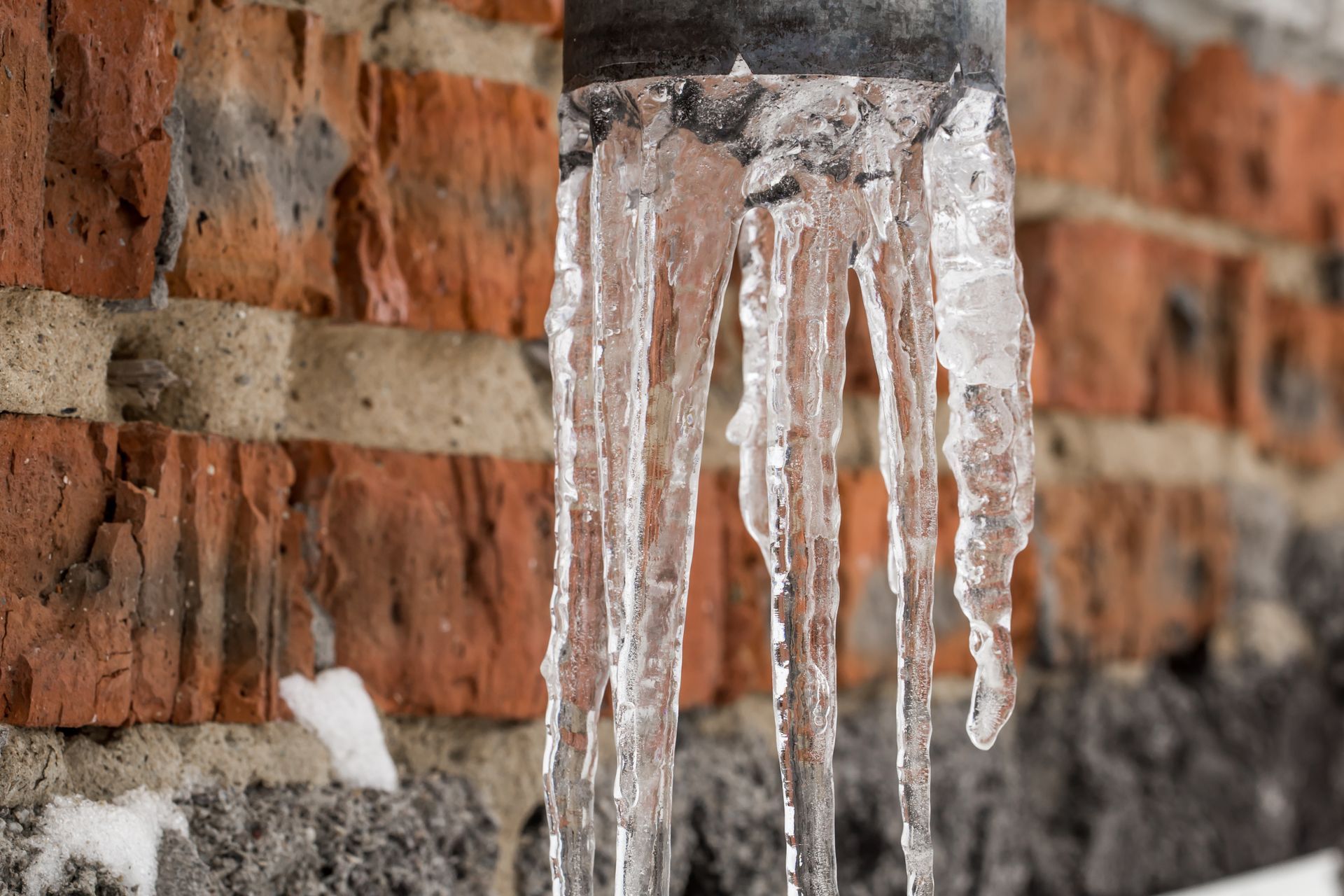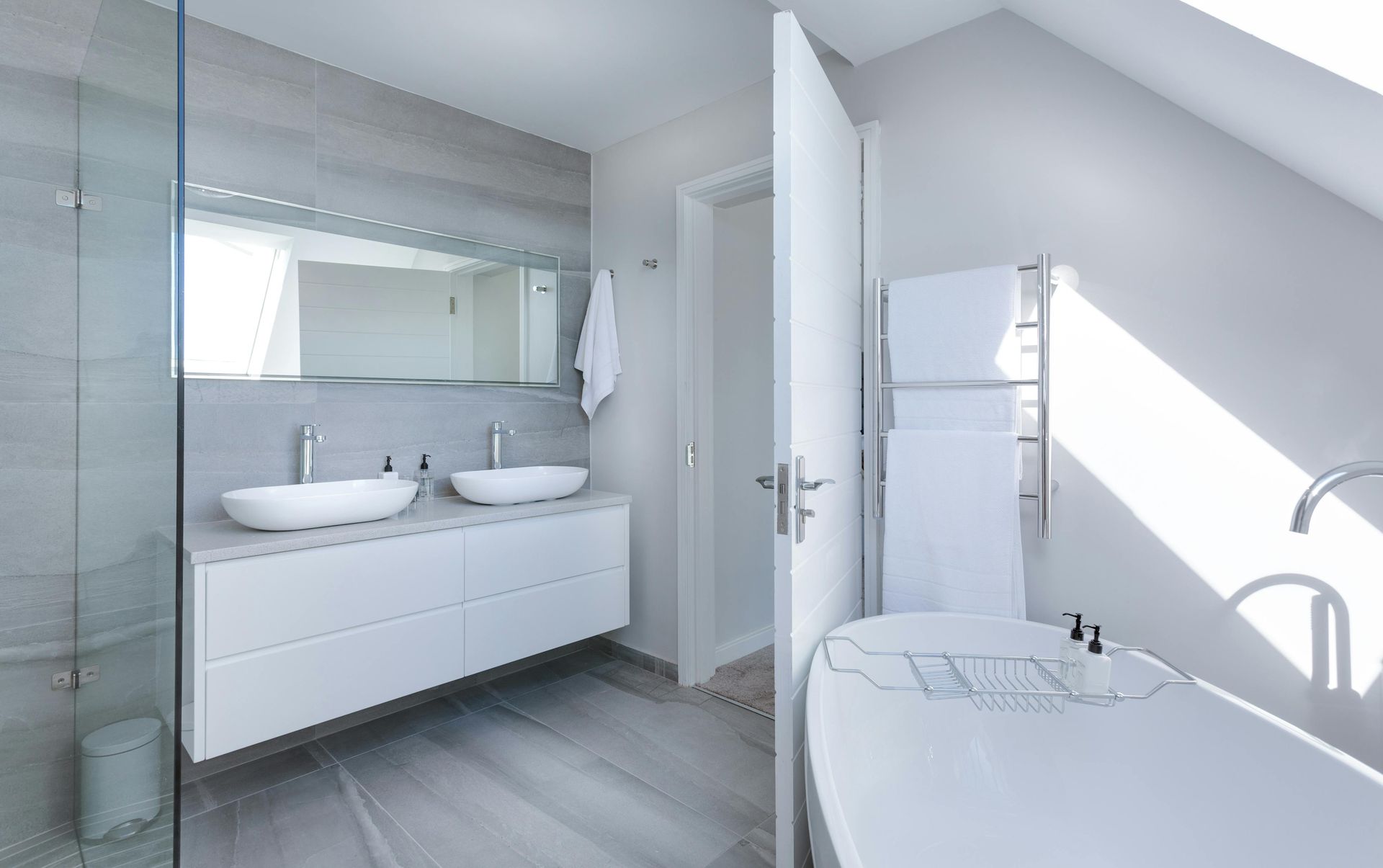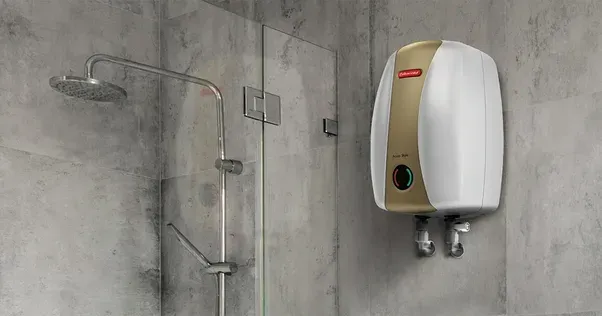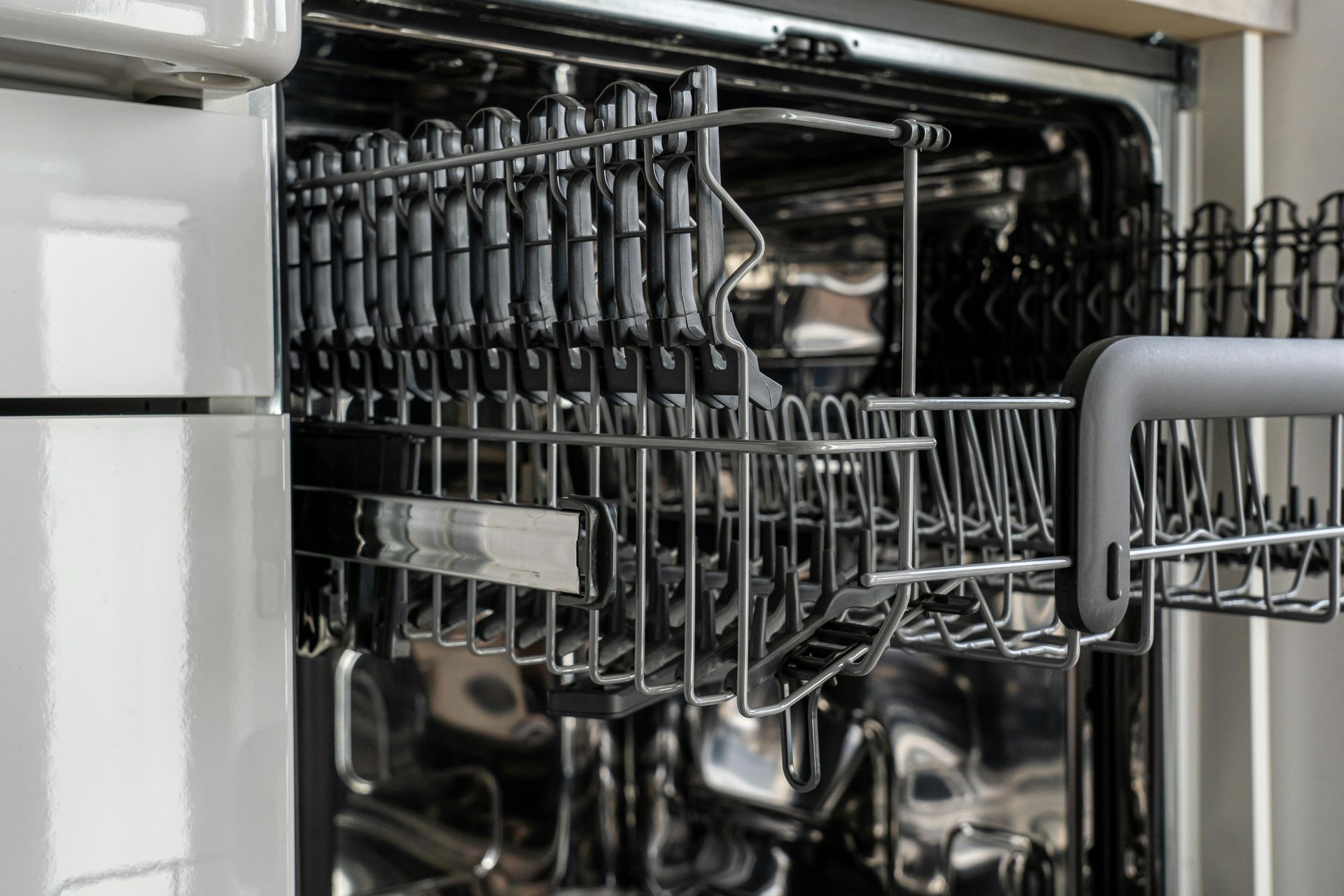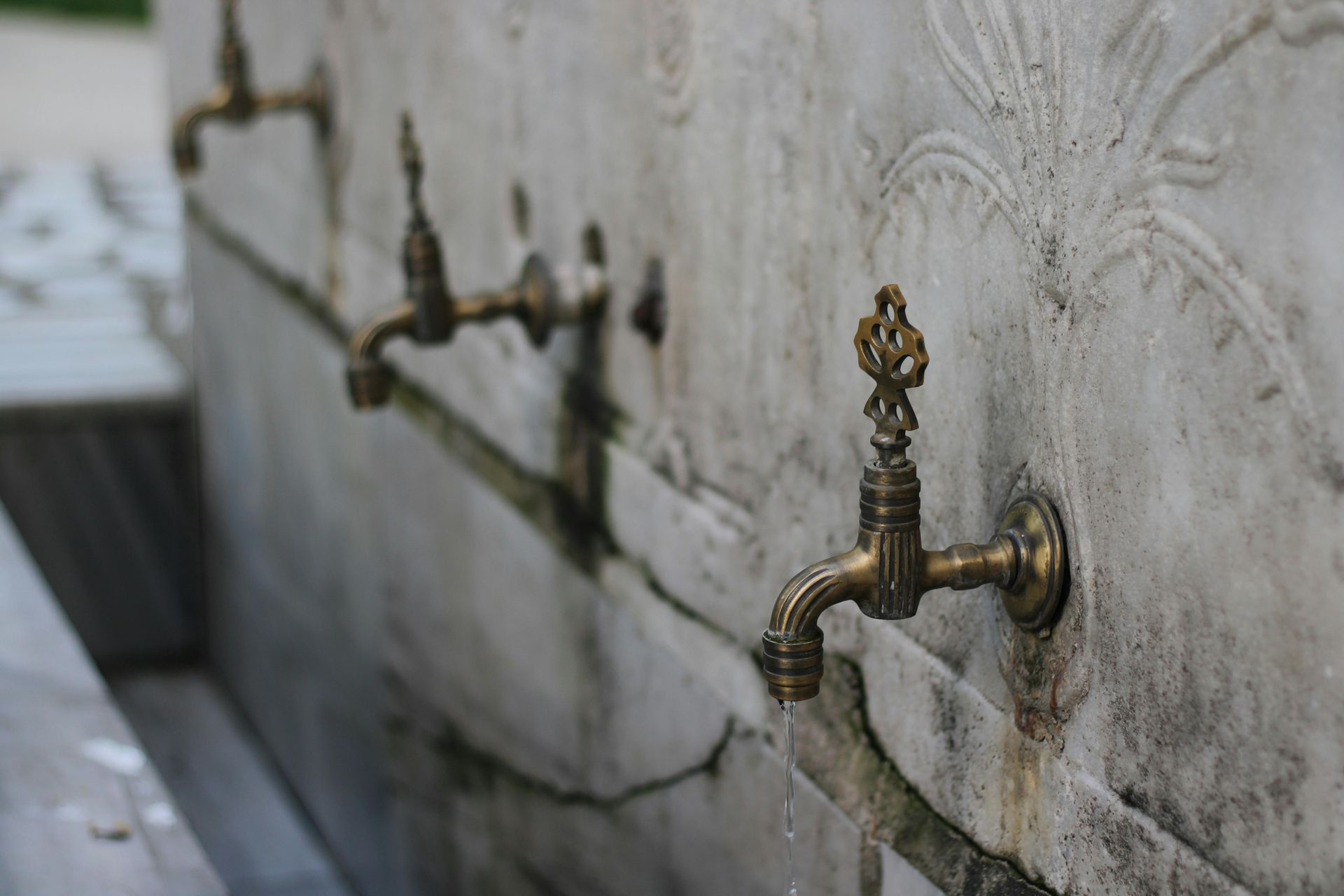Preparing Your Pipes For Winter: Avoiding Bursts & Costly Repairs
Winter brings frigid temperatures that can jeopardize the integrity of your home’s plumbing system if not adequately prepared. Pipes exposed to cold conditions are susceptible to freezing and bursting, which can lead to severe water damage, costly repairs, and significant inconvenience. Taking proactive and comprehensive measures to winterize your plumbing is essential to safeguard your property, maintain water flow, and avoid emergency situations during the cold months. A professional and deliberate approach to protecting pipes can save thousands of dollars and prevent needless stress.
Understanding the Risks of Frozen Pipes
Water expands when it freezes, creating immense pressure within enclosed pipes that can lead to ruptures. This expansion is powerful enough to crack even metal pipes, while plastic pipes are particularly susceptible to breaking. Pipes running through unheated or poorly insulated areas such as basements, attics, garages, crawl spaces, and exterior walls face the highest risk of freezing and bursting. When pipes do rupture, the resulting flooding can cause significant damage to drywall, flooring, electrical systems, and personal belongings. Often, homeowners remain unaware of a burst pipe until the ice inside the pipe thaws, and water starts leaking. In addition to these common risks, it is important to identify and repair common toilet flange leaks, which can quietly cause water damage and structural issues if left unattended.
Maintaining Home Temperature and Circulation
One of the simplest yet most effective ways to protect your plumbing is to maintain a consistent indoor temperature during winter. Ideally, keep your thermostat set at a minimum of 55 degrees Fahrenheit, even if you leave your home for extended periods. This temperature helps prevent pipes from dropping below freezing. Warm air circulation is also critical—keeping cabinet doors open under sinks and around plumbing fixtures allows heat from your home to reach vulnerable pipes. Additionally, during periods of extreme cold, allowing faucets to drip slowly keeps water moving, reducing the chance of freezing.
Insulating and Protecting Exposed Pipes
Proper insulation of pipes is crucial to winter readiness. All pipes exposed to potential cold air drafts should be wrapped with foam sleeves or pipe insulation tape. This includes pipes located in basements, attics, garages, and especially along exterior walls. Heat tape or heat cable, which activates when temperatures drop, adds an extra layer of defense by warming vulnerable pipes. Outside water lines, hose bibs, and sprinkler systems should be drained and shut off; covering spigots with insulated faucet covers offers additional protection. Careful inspection for moisture or mold on walls near plumbing may signal inadequate insulation, which should be corrected to prevent exposure to cold.
Action Steps if Pipes Freeze or Bursts Occur
Even with proper preparation, frozen pipes can happen. If you suspect a pipe has frozen, act quickly to minimize damage. Shut off the main water supply immediately to prevent pressure build-up. Open faucets to relieve pressure and allow water to flow once the pipe begins to thaw. Applying gentle heat with a hair dryer or heating pad is recommended, avoiding the use of open flames or excessive heat sources that can cause damage or fire risk. After thawing, it is important to inspect for leaks or cracks, including identifying and repairing common toilet flange leaks, which can often be overlooked yet cause significant problems. In emergencies, professional assistance from trusted plumbing experts such as All City Plumbers ensures rapid, reliable emergency services to resolve issues and prevent further damage.
Comprehensive Winter Plumbing Maintenance
Routine, professional plumbing inspections before winter can identify weak points or deteriorated pipe sections that pose a risk during freezing temperatures. Proactively replacing old or damaged pipes and ensuring proper sealing around access points and joints contributes to a robust system. Maintenance also involves confirming water pressure regulation and servicing heating systems to maintain consistent indoor warmth. Preventive care greatly reduces the likelihood of plumbing failures and reduces emergency service calls, allowing homeowners peace of mind throughout the season.
Conclusion
Preparing your pipes for winter is an essential aspect of home maintenance that protects your property and wallet from costly damage caused by burst pipes. Maintaining adequate warmth, insulating exposed pipes, shutting down outdoor water sources, knowing how to respond to frozen pipes, and engaging professional help are critical to a smooth winter season. The expertise provided by professionals like All City Plumbers, offering comprehensive emergency services, is invaluable in both prevention and urgently addressing plumbing failures. By adopting these diligent measures, homeowners can enjoy the winter season worry-free, confident their plumbing remains secure against the cold.
This detailed, professional approach to winter plumbing preparation ensures both prevention and swift resolution of issues, safeguarding your home with expert care and comprehensive strategies.

